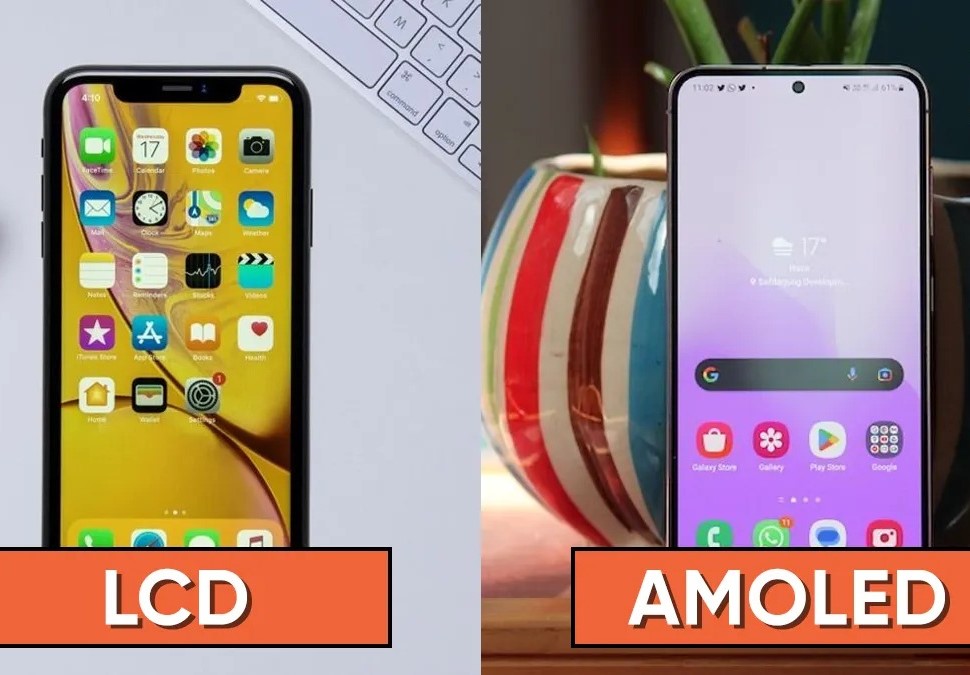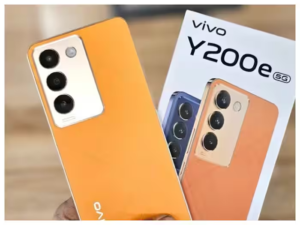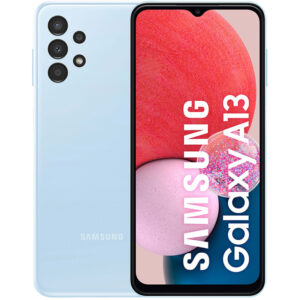Smartphone Display Showdown: AMOLED vs. LCD – Which is Best?

When it comes to smartphone displays, AMOLED and LCD panels each bring their own strengths, setting the stage for a fierce debate over which technology delivers the best experience. Choosing the right display type can elevate your everyday smartphone interactions, especially for those who spend hours watching videos, gaming, or browsing. Let’s dive into the details of AMOLED vs. LCD displays and highlight the latest smartphones that excel in each category.
1. Understanding AMOLED and LCD Technology
- AMOLED (Active Matrix Organic Light-Emitting Diode)
AMOLED displays are known for their vivid colors, high contrast, and energy efficiency. They achieve this by illuminating each pixel individually, meaning black pixels don’t use power at all, resulting in deep blacks and a richer contrast ratio. Since there’s no backlight, AMOLED screens are generally thinner and provide excellent brightness control. - LCD (Liquid Crystal Display)
LCDs, particularly IPS LCDs, are renowned for their accurate color reproduction and brightness levels, even under direct sunlight. Unlike AMOLED, LCDs rely on a backlight to illuminate pixels, meaning they don’t produce the deep blacks that AMOLED does. However, LCDs often offer better color accuracy and are typically more budget-friendly.
2. Key Differences Between AMOLED and LCD
| Feature | AMOLED | LCD |
|---|---|---|
| Contrast | Higher, with deeper blacks | Moderate contrast |
| Brightness | Can be very bright, but may dim over time | Excellent, especially outdoors |
| Color Vividness | Richer, more saturated colors | More natural, accurate colors |
| Energy Use | Lower for dark modes | Higher, as all pixels are lit |
| Cost | Usually more expensive | Generally more affordable |
AMOLED displays tend to excel in multimedia experiences due to their vivid color reproduction, while LCD panels are preferred for tasks requiring color accuracy and consistency.
3. Brands Championing AMOLED Displays
Many flagship smartphones today use AMOLED displays due to their rich visuals and sleek design. Here’s a look at some standout models:

- Samsung Galaxy S23 Ultra
Samsung is a pioneer of AMOLED technology, and its Galaxy S23 Ultra features a stunning 6.8-inch Dynamic AMOLED 2X display with a 120Hz refresh rate. The screen offers incredible brightness, rich colors, and excellent energy efficiency, ideal for watching videos, playing games, and reading. Samsung’s AMOLED screens are also known for their durability and vivid color profiles. - OnePlus 11
OnePlus has incorporated AMOLED displays in its devices to offer a smooth and immersive experience, especially with its 120Hz refresh rate on the OnePlus 11. Known for deep blacks and sharp contrast, the OnePlus 11’s AMOLED display is a pleasure for streaming and gaming enthusiasts. - Apple iPhone 14 Pro
Apple’s Super Retina XDR OLED display, which is a type of AMOLED, features in the iPhone 14 Pro. With impressive brightness levels and true-to-life colors, it makes everything from photos to videos look vibrant. The iPhone’s display supports HDR10 and Dolby Vision, ensuring a top-notch viewing experience.
4. Top LCD Smartphone Displays
Despite the popularity of AMOLED, LCD screens still have their advantages, especially in terms of color accuracy and price. Here are some notable models:

- iPhone SE (2023)
Apple’s iPhone SE series uses LCD panels, which deliver good color accuracy and brightness. For users looking for a budget-friendly phone without compromising too much on display quality, the iPhone SE is a solid choice. The Retina HD display is sharp and ideal for daily tasks and light media consumption. - Xiaomi Redmi Note 12
Xiaomi continues to impress with its high-quality LCD panels in the Redmi series. The Redmi Note 12’s display is bright and clear, making it easy to use in outdoor settings. It also offers decent color accuracy and is ideal for those who prioritize battery life and affordability. - Nokia G60
The Nokia G60 utilizes an IPS LCD panel, providing excellent viewing angles and color consistency. Known for being a sturdy, reliable device, it’s a good choice for users who want a quality display without the price tag of AMOLED.
5. Pros and Cons Summed Up
AMOLED Pros
- Vivid colors and deep blacks
- Great for battery life in dark mode
- High refresh rate compatibility
AMOLED Cons
- More expensive
- Screen burn-in risk over time
LCD Pros
- Accurate colors and natural brightness
- Typically more affordable
- Less prone to burn-in
LCD Cons
- Less contrast and color vibrancy than AMOLED
- Bulkier due to backlight
6. Which Should You Choose?
The choice between AMOLED and LCD comes down to personal preference and how you plan to use your smartphone:
- AMOLED: Best for users who enjoy vibrant colors, deeper blacks, and are willing to invest in a premium display. Ideal for streaming, gaming, and dark mode lovers.
- LCD: Suitable for users who value color accuracy, often use their phones outdoors, and want a cost-effective option. Great for casual users and those who need consistent color for creative tasks.
7. FAQs
Q: Is AMOLED better for gaming?
A: Yes, AMOLED’s vibrant colors and faster refresh rates make it ideal for gaming, providing smoother visuals and an immersive experience.
Q: Do AMOLED displays save battery life?
A: They can, especially when using dark mode, as black pixels are unlit on AMOLED screens, consuming less power.
Q: Are LCD displays outdated?
A: Not at all! LCDs still offer accurate colors, brightness, and are affordable, making them a solid choice for many budget and mid-range devices.
Q: Can AMOLED screens suffer from burn-in?
A: Over time, AMOLED screens can experience burn-in if static images are displayed for prolonged periods, but modern technology has significantly minimized this issue.
Q: Which type is better for photography?
A: AMOLED displays may be preferred due to their vibrant visuals, but LCDs are often chosen for color accuracy, making both suitable for photography, depending on your priority.
Final Thoughts
Choosing between AMOLED and LCD depends on what you value in a smartphone display. AMOLED provides an immersive, vibrant experience for media lovers and gamers, while LCD offers reliable brightness and color accuracy, perfect for outdoor use and productivity. For those passionate about smartphone displays, Trend10 is your go-to source for insights and reviews on the latest models and display technologies!




